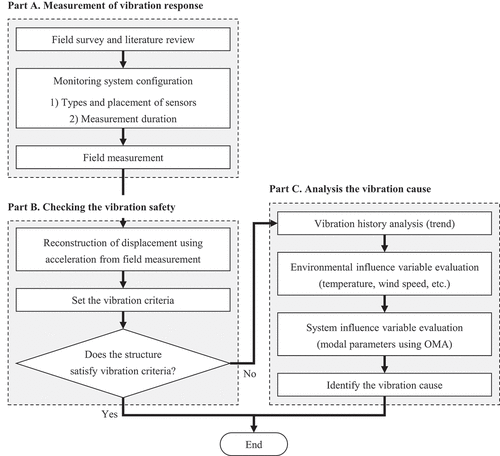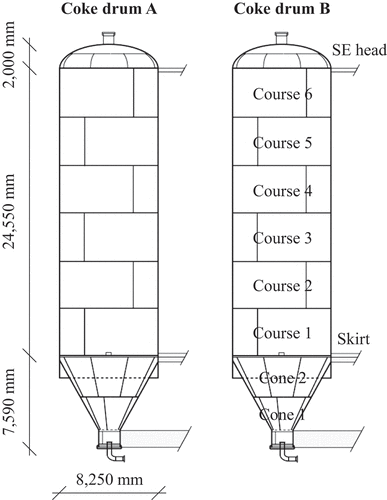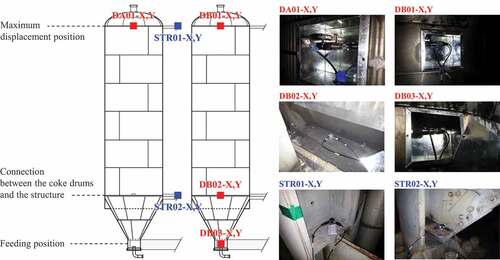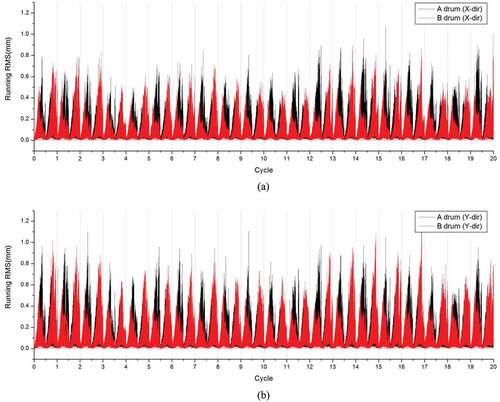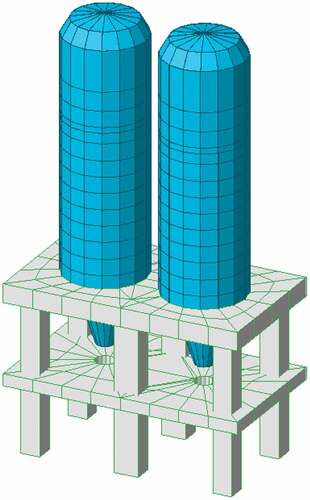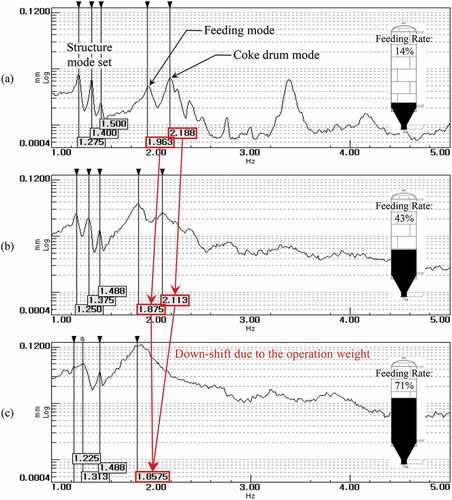Figures & data
Figure 1. (a) Coke drums in operation used in this study, and (b) Schematic diagram of the proposed monitoring system for vibration safety evaluation model.
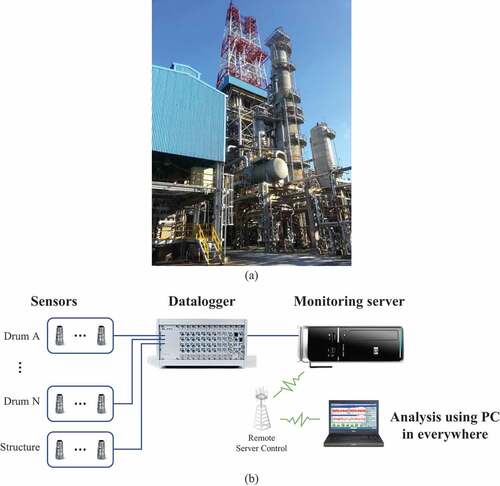
Table 1. 1 Cyclical process of coke drums A and B.
Table 2. Specifications of the measurement equipment used in this study.
Figure 5. Wiring diagram of the monitoring system; pictures of the control room, and monitoring screen.

Figure 7. Upper Y-direction displacement RMS of each coke drum during one cycle: (a) coke drum A, (b) coke drum B.
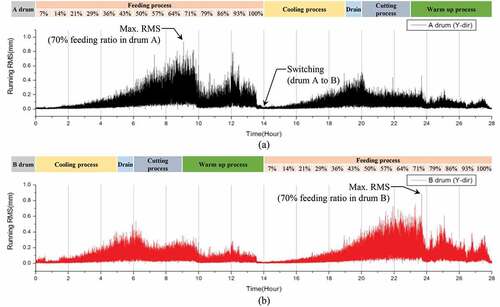
Table 3. Vibration safety evaluation according to screening criteria (5 mm/s) (when the feeding ratio was 70% in coke drum B).
Figure 8. Environmental influence variables: (a) local temperature, (b) average wind speed, (c) displacement RMS of coke drum A (upper, Y-direction).
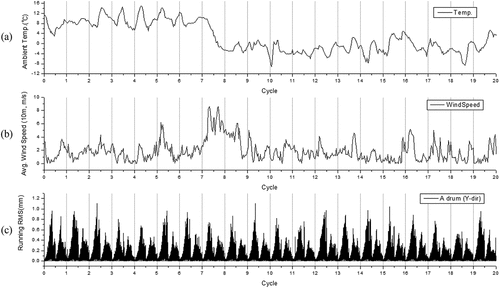
Figure 9. The averaged spectrum graph of coke drums in the feeding process of drum A at one-hour intervals.
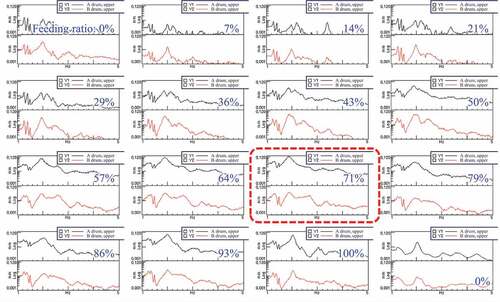
Table 4. Comparison of the mode frequencies extracted from the experimental data and the mode frequencies calculated by FE model in 14% feeding process.
Table 5. The change in each mode frequency according to the increase in the feeding ratio.

